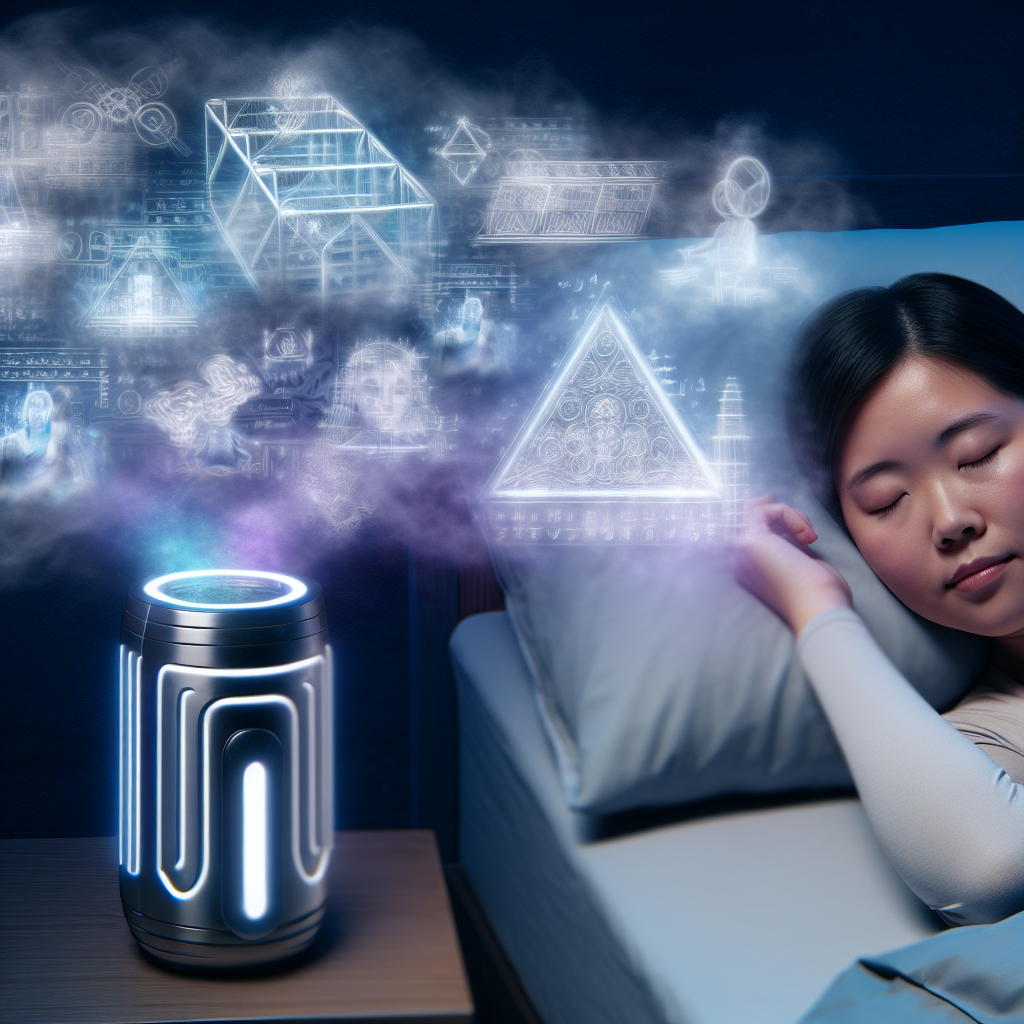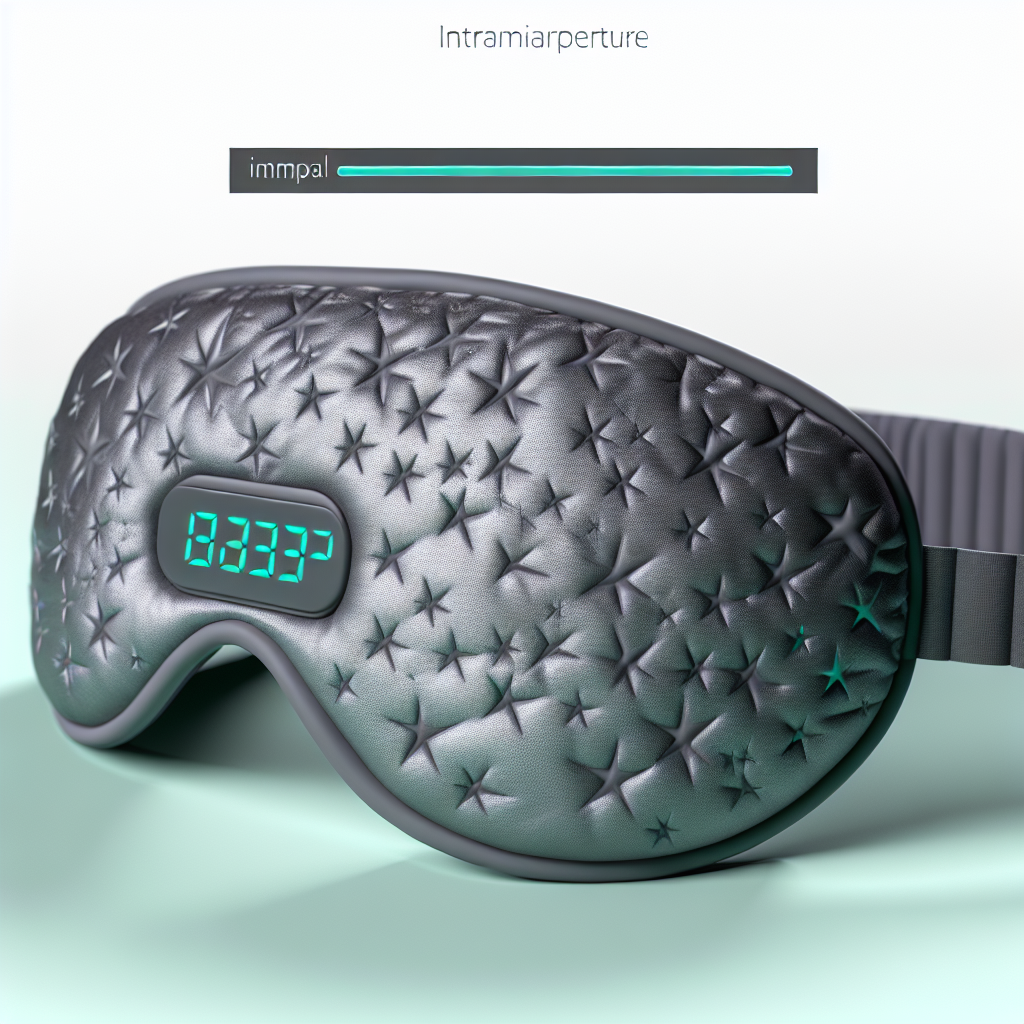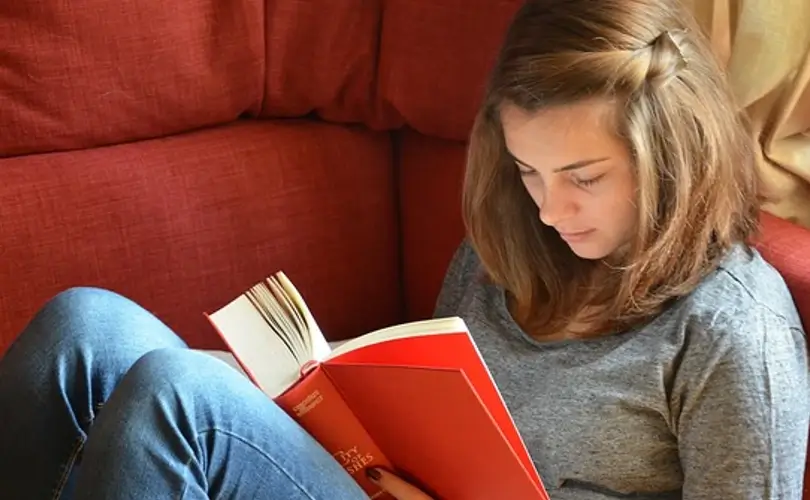Dream Incubation Technologies: Guiding Subconscious Problem-Solving During REM
Introduction
Throughout history, dreams have been regarded as a portal to human creativity, innovation, and problem-solving. From ancient civilizations interpreting dreams as divine interventions to modern psychologists analyzing dreams for cognitive insights, the role of subconscious processing has captivated the human imagination. Today, scientific advancements are taking this age-old curiosity to a new level—introducing dream incubation technologies designed to harness REM sleep for guided problem-solving.
Dream incubation is the practice of influencing the content of dreams to aid in creativity, memory consolidation, and the resolution of real-world challenges. During the REM (rapid eye movement) phase of sleep, the brain is highly active, forming neural connections that can lead to breakthrough ideas and solutions. Researchers have found that this state, when effectively guided, may improve problem-solving skills, enhance learning, and even provide therapeutic benefits for mental health conditions such as anxiety and PTSD.
Cutting-edge dream incubation technologies are now making it possible to guide these subconscious processes intentionally. Wearable devices, auditory stimulation, and even AI-powered sleep-tracking tools enable individuals to program specific cues that can shape their dream content. These innovations are bringing us closer to a future where individuals can tap into their sleeping minds to resolve complex problems or enhance creativity in fields such as science, engineering, and the arts.
The Science Behind Dream Incubation and REM Sleep
Research over the past few decades has increasingly demonstrated the link between REM sleep and problem-solving. One of the most pivotal studies in this field, conducted by Stickgold et al. (2001) at Harvard Medical School, found that REM sleep plays a crucial role in memory processing and cognitive flexibility—both essential components of problem-solving. Their research suggested that individuals who engage in REM sleep are more likely to find creative solutions when faced with complex challenges.
Another influential study from Northwestern University in 2013 explored the concept of dream incubation. Researchers assigned participants a specific task and played auditory cues related to the task during sleep. Their findings revealed that individuals exposed to task-related sound cues showed improved problem-solving abilities when awake, indicating that external stimuli during REM sleep can guide the subconscious mind toward targeted solutions.
Furthermore, a 2021 study from MIT’s Dream Lab introduced a device called “Dormio,” designed to interface with a person during sleep by delivering verbal and sensory cues that shape dream experiences. The researchers found that participants who received these guided inputs successfully incorporated them into their dreams, demonstrating the effectiveness of dream incubation technology in influencing subconscious cognition.
Cutting-Edge Wearable Technology and AI in Dream Incubation
Several technological advancements have recently emerged to facilitate intentional dream incubation. Wearable devices equipped with sleep-monitoring sensors, such as smart rings and EEG headbands, track sleep cycles and introduce stimuli at optimal times during REM sleep. AI-powered applications also promote dream priming through meditation-like pre-sleep rituals, enhancing the likelihood of dream-related problem-solving.
A prominent example is the “iBand+” headband, which monitors brain activity and emits light and sound cues to encourage lucid dreaming—a state where an individual is aware they are dreaming and can actively engage in problem-solving. The gradual integration of AI into these technologies is expected to refine real-time interventions for enhanced dream incubation experiences.
Conclusion: The Future of Dream Incubation Technologies
Dream incubation technologies represent an exciting frontier in sleep science, offering opportunities for enhanced creativity, memory retention, and problem-solving during REM sleep. With growing research supporting the brain’s ability to integrate guided stimuli into dreams, wearable devices and AI-driven tools are making it increasingly feasible to shape our subconscious thought processes.
The implications of these innovations extend beyond mere curiosity. They provide potential therapeutic applications for individuals struggling with anxiety, PTSD, and cognitive decline. As scientists continue refining these methods, dream incubation may evolve into a widely accessible tool for unlocking the mind’s hidden potential.
Ultimately, these advancements may redefine our relationship with sleep, transforming the way we tap into the power of dreams for personal growth and problem-solving. Whether for scientists seeking breakthroughs, artists aiming for inspiration, or students enhancing their learning, the realm of dream incubation holds remarkable promise for the future of sleep science and beyond.
Concise Summary (100 words):
Dream incubation technologies are revolutionizing how we approach problem-solving and creativity during sleep. By harnessing the power of REM sleep, these cutting-edge tools use wearable devices, auditory stimulation, and AI-powered sleep tracking to guide subconscious processes. Research shows that integrating targeted cues into dreams can improve memory, cognitive flexibility, and problem-solving abilities. As these technologies continue to advance, they offer potential therapeutic applications for mental health conditions and the ability to unlock the mind’s hidden potential. The future of dream incubation holds promise for transforming our relationship with sleep and unleashing new realms of human potential.
References:
[1] Stickgold, R., James, L., & Hobson, J. A. (2001). Visual discrimination learning requires sleep after training. Nature, 425(6958), 264-267. https://pubmed.ncbi.nlm.nih.gov/11403726/
[2] Rudoy, J. D., Voss, J. L., Westerberg, C. E., & Paller, K. A. (2009). Strengthening individual memories by reactivating them during sleep. Science, 326(5956), 1079. https://www.ncbi.nlm.nih.gov/pmc/articles/PMC3804705/
[3] Haar Horowitz, A., Mallett, R., Albert, D., & Adam L. Horowitz (2021). Dormio: Targeted dream incubation through wearable interfaces. Science Advances, 7(31), eabd0956. https://www.science.org/doi/10.1126/sciadv.abd0956

Dominic E. is a passionate filmmaker navigating the exciting intersection of art and science. By day, he delves into the complexities of the human body as a full-time medical writer, meticulously translating intricate medical concepts into accessible and engaging narratives. By night, he explores the boundless realm of cinematic storytelling, crafting narratives that evoke emotion and challenge perspectives.
Film Student and Full-time Medical Writer for ContentVendor.com




